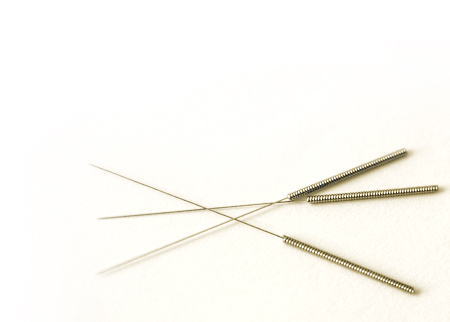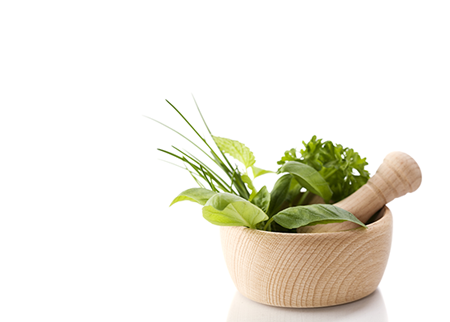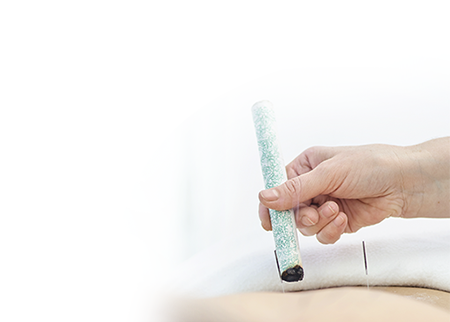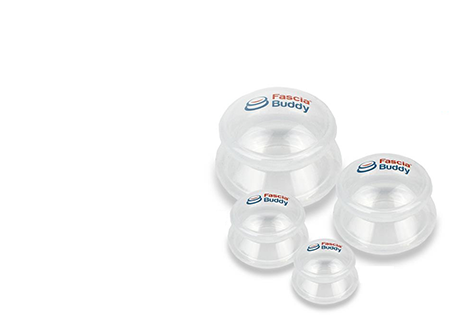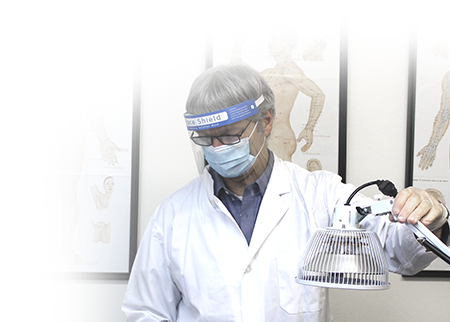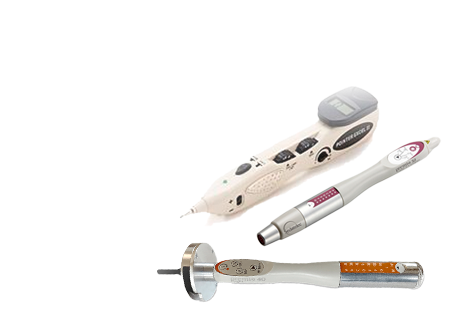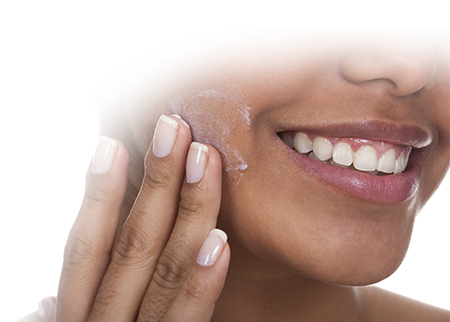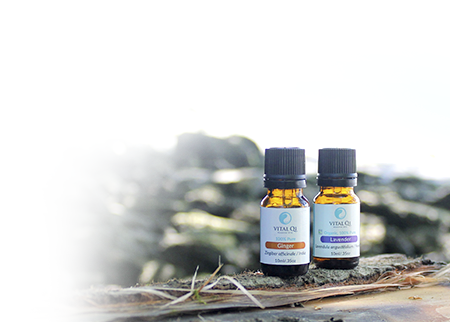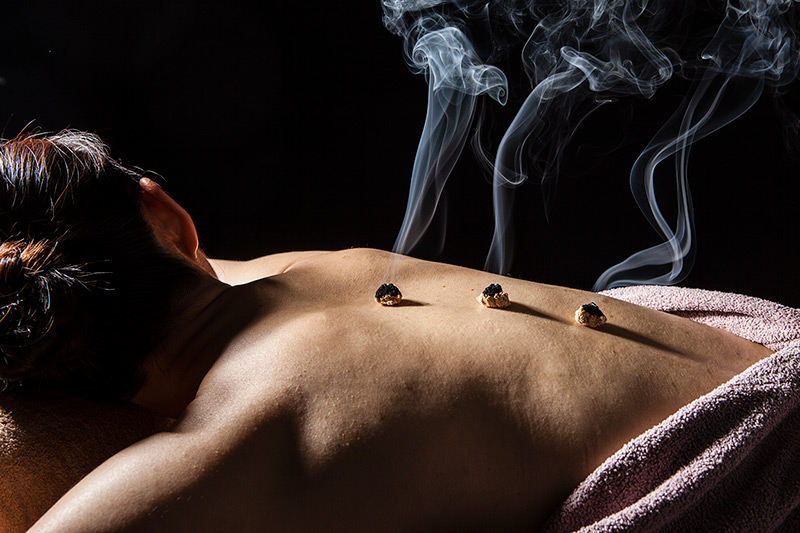
- Moxa is the anglicised version of the word “mogusa”, which is Japanese for Artemesia Vulgaris. The combining of the word moxa with that of combustion became “Moxibustion”, the generic word to describe a variety of medical techniques involved in the burning of Artemesia.
- Artemesia (moxa) flourishes in China, and so is an inexpensive herb. The fresh leaves are picked in the spring and sun dried. The dried leaves are then processed into various grades of moxa wool. Lower grade moxa wool is gritty, with plenty of fibrous twig material throughout. The higher grades of moxa are further refined into a beautiful gold fluffy wool. Some high-grade moxas are very expensive and because of their cost are used only in specialty moxibustion practices.Moxa comes in a number of different forms and is used clinically in a variety of different ways.
- When explaining moxibustion to your patient, it is helpful to describe it in a technical Western manner (as opposed to using TCM terminology). The following explanation is simple and informative: “Moxibustion is a focused heat therapy which involves the burning of the herb Mugwort over specific acupuncture points to positively stimulate the body in a variety of ways. Mugwort is the herb of choice as it burns evenly, and its oils and aromas have a pleasing effect”. Kept simple this way, your description creates a positive anticipation for the procedure.
- The amount of smoke and the smell of different grades of moxa will vary greatly depending on its quality and format. Most moxa will smell like marijuana when burned and patients should be forewarned. Higher grades of moxa produce less smoke and have less of the marijuana scent. Some varieties, such as Sook Moxa and smokeless moxa, avoid the marijuana smell altogether and, in the case of smokeless moxa, produce almost no smoke. See each product for more details.
Other General Warnings and Cautions:
- Moxibustion techniques, by their very nature of burning a substance over a patient’s body, require extreme care and caution. Patients should never be left alone during any moxibustion procedure. The experience of heat from moxibustion will vary depending on your patient’s constitution. Some patients will feel the pleasant warm sensation turn to a burning sensation very quickly, while others will take a lot of heat to cause even a mild sensation. In all cases you, as the practitioner, should be assessing the redness of the skin and the potential for tissue damage.
- Moxibustion should not be performed over the face or other sensitive tissues. It should not be performed on patients who do not have the ability to feel heat or pain, due to age or neurological impairment.
- Moxibustion should not be done on children, or if done, only indirect moxa methods used with extreme caution.
- Attention must be paid to how a moxa product is extinguished, as the smouldering ember may be still present underneath the ash. Moxa products should be extinguished using a moxa extinguisher or discarded in a specially reserved metal container used only for ash and moxa waste.
Specific cautions on different moxibustion techniques can be found in each subsection of the webstore


